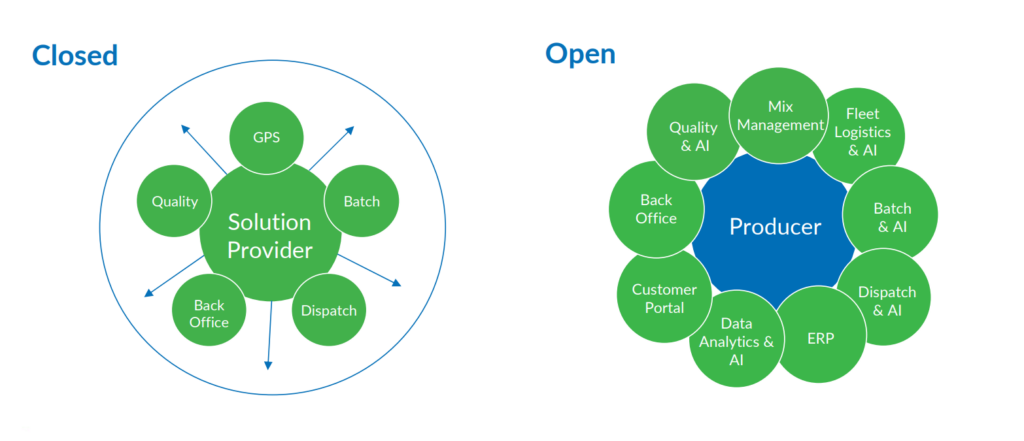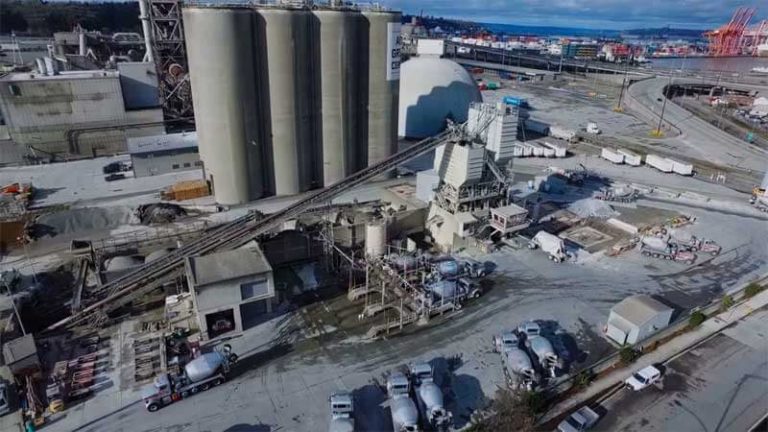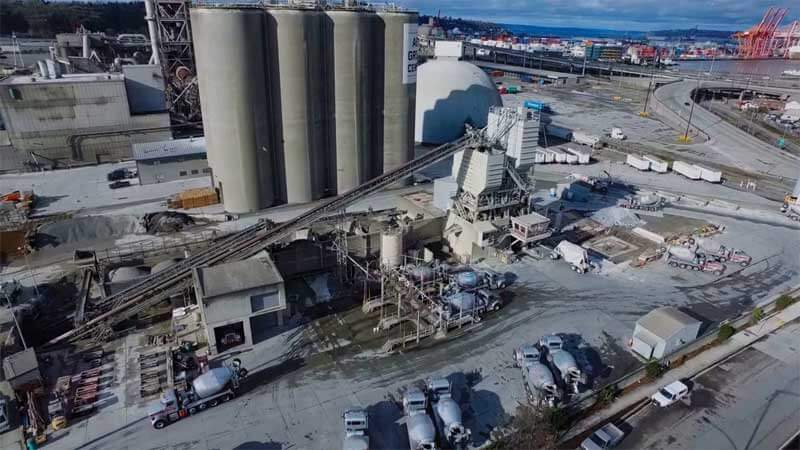In the effort of optimizing concrete operations from design to pouring, the industry struggles with a pervasive challenge: the existence of data silos. Data in concrete operations often resides in closed systems, scattered across various platforms, lacking integration for efficient decision-making. This lack of interoperability hinders operational efficiency, and most importantly stifles innovation in an already lagging industry.
Explore 12 Futuristic Technology Trends Solving Concrete's Biggest Challenges.
Addressing this challenge requires an industry-wide effort to unify disparate data sources into an open system, enhancing insights and decision-making. With the industry gradually moving towards technological advancement, now it is more crucial than ever to prioritize interoperability. However, there are obstacles in the journey towards achieving this interoperable ecosystem, including technological barriers, preference for tradition, and lack of awareness on the transformative potential of data integration.
Closed Systems Vs. Open Systems
Closed systems are traditional, siloed approaches where information and processes are confined within a single entity or limited group of stakeholders. In concrete operations, this often translates to rigid project management methods, proprietary software solutions, and hierarchical organizational structures. While closed systems may offer a sense of control and familiarity, they have significant limitations in today’s rapidly evolving landscape.
In contrast, open systems embrace interoperability, collaboration, and transparency as core principles. They leverage emerging technologies, open standards, and decentralized networks to facilitate seamless communication and data exchange across various platforms. In concrete operations, open systems are reflected in cloud-based project management tools and collaborative platforms that provide real-time visibility and facilitate interaction among producers, engineers, contractors, and clients.

Overcoming Closed Systems in Concrete Operations
Due to their outdated design, closed systems in concrete operations cannot integrate with external technologies and data sources. While transitioning to open systems can be challenging given the industry’s pace and potential disruptions, current industry challenges highlight the urgency of this transition, including:
- Rapid Technological Advancements: Technological innovation is rapidly advancing with the introduction of new tools and solutions that thrive in open, interconnected ecosystems. Closed systems struggle to keep up with the pace of change, leading to redundancy and missed opportunities.
- Changing Client Expectations: Clients are increasingly demanding transparency, collaboration, and real-time access to data. Closed systems fail to meet these expectations, leading to client dissatisfaction and loss of competitive advantage.
- Regulatory Pressures: Regulatory bodies are placing greater emphasis on data interoperability, sustainability, and safety standards. Closed systems often lack the flexibility and adaptability required to comply with evolving regulations.
- Market Competition: In a competitive market, agility and innovation are essential for survival. Closed systems inhibit agility by creating barriers and putting organizations at a disadvantage compared to more open-minded competitors.
Hence, adopting open systems within concrete operations goes beyond just preference, but is necessary for staying competitive in today’s world.
Embracing Technological Advancement
This is especially important considering the increasing prominence of Artificial Intelligence solutions in the concrete industry, which hold promise but require substantial real-time data to be effective. To obtain this real-time data, open systems are key. They offer the flexibility and scalability necessary to adapt AI solutions to changing requirements and environments. Also, in an industry where ethical concerns surrounding AI are paramount, open systems ensure transparency and accountability in development processes. Thus, without such systems, AI advancements would be severely limited in their ability to address complex challenges across various domains.
Interoperability Success with Giatec and Marcotte
The integration of Giatec’s SmartMix™ and Marcotte’s MIntelligent Feed is a perfect example of the power of interoperability. SmartMix, driven by Roxi’s AI precision, optimizes mix management by analyzing thousands of data points to ensure the right concrete mix every time. However, perfecting the mix design is only part of the equation. Marcotte’s MIntelligent Feed, powered by Aurora’s AI precision, complements this by dynamically adjusting the concrete production process in real-time, 24/7. Aurora processes data from plant batching components, ensuring precise and efficient production. Together, these open systems enhance each other’s capabilities. SmartMix pulls in data from dispatch to refine mix designs, which are then seamlessly sent back to Marcotte’s feed for production. This interoperability not only optimizes both design and production, but also leverages vast amounts of data to make a real impact on concrete production efficiency. Through this partnership, Giatec and Marcotte are demonstrating how integrated systems can revolutionize the industry by working better together.
Interested in exploring the impact of AI solutions on concrete operations? Tune into our ‘Building Better with AI’ mini-series and embark on a journey of technological advancement!










